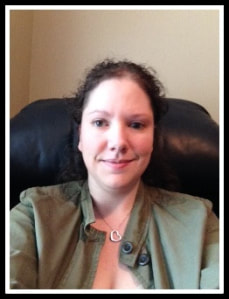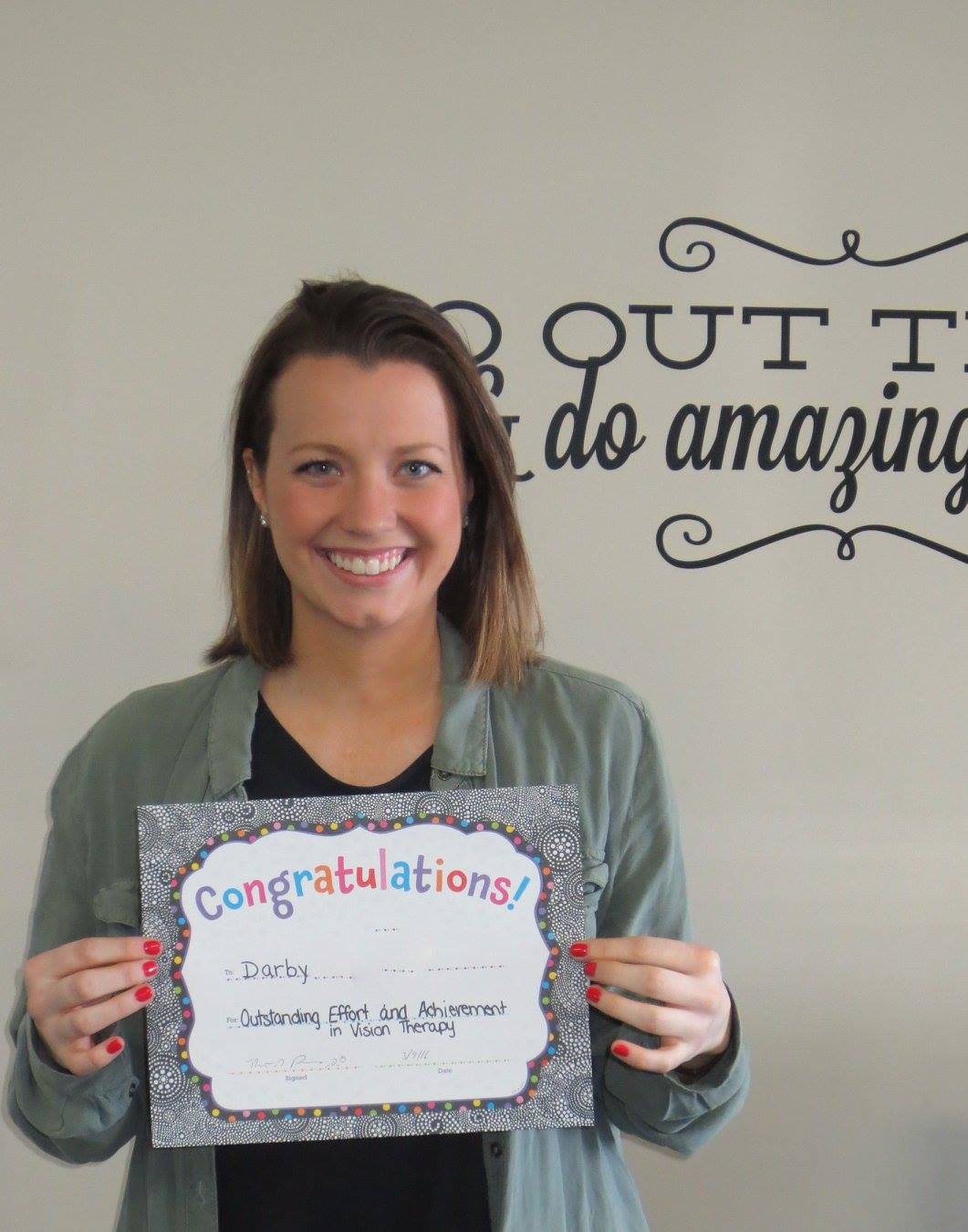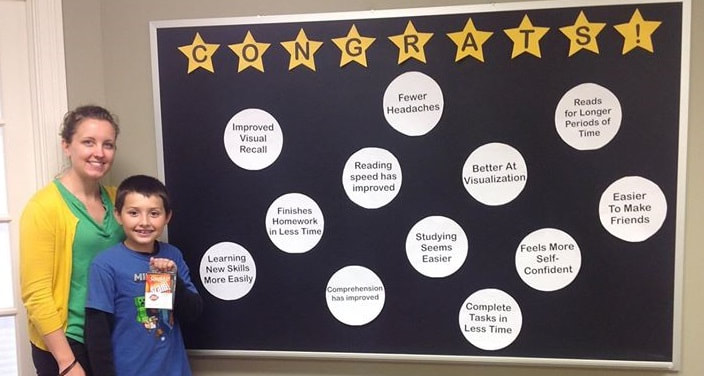
Thank you to COVD for this piece.
COVD Link:https://covdblog.wordpress.com/2013/09/23/life-love-and-vision/
My husband and I attended the wedding of our friends Nancy and Jim over this past weekend. What a fabulous weekend celebration! I spent a few moments chatting with Jim’s parents, and I could not help but wonder, why is Jim’s dad, Allen, wearing glasses with a frosted lens? The lens for the left eye was opaque. The result is the same as wearing a patch, but without the “pirate mystique.”
I assumed Allen suffered from double vision and the frosted lens very simply eliminated the second image. This is a very simple solution to a very serious problem, but it does have a downside. In addition to decreasing the field of vision on the left side, covering 1 eye eliminates stereoscopic vision, which is essential to depth perception. Depth perception is an integral part of our daily lives, including getting around and navigating in a 3-dimensional world. I wondered if more complex solutions had been attempted to eliminate the double vision and if a referral was warranted to a developmental optometrist.
But my assumptions were wrong. When I had a few moments to ask Jim about it, he told me his father lost his eye to cancer. He had been fitted with a prosthetic eye, but for whatever reason, it didn’t work out. The opaque lens is cosmetic. It hides the disfigurement that has resulted from his surgery.
I am sure that on the morning of his son’s wedding, when Allen opened his eye, he was filled with gratitude. Maybe he wasn’t able to appreciate the 3-dimensional beauty of his son’s wedding…..the vast lawn overlooking the lake with the lush green hills as a backdrop. BUT he was THERE. and he was able to SEE the love and joy on the faces of Nancy and Jim. He was able to SEE his children and grandchildren ripping up the dance floor with their new extended family at the celebration.
Live your life with love and vision. Don’t take your vision for granted. Make that appointment with your eye doctor today! That’s what I am going to do.
COVD Link:https://covdblog.wordpress.com/2013/09/23/life-love-and-vision/
My husband and I attended the wedding of our friends Nancy and Jim over this past weekend. What a fabulous weekend celebration! I spent a few moments chatting with Jim’s parents, and I could not help but wonder, why is Jim’s dad, Allen, wearing glasses with a frosted lens? The lens for the left eye was opaque. The result is the same as wearing a patch, but without the “pirate mystique.”
I assumed Allen suffered from double vision and the frosted lens very simply eliminated the second image. This is a very simple solution to a very serious problem, but it does have a downside. In addition to decreasing the field of vision on the left side, covering 1 eye eliminates stereoscopic vision, which is essential to depth perception. Depth perception is an integral part of our daily lives, including getting around and navigating in a 3-dimensional world. I wondered if more complex solutions had been attempted to eliminate the double vision and if a referral was warranted to a developmental optometrist.
But my assumptions were wrong. When I had a few moments to ask Jim about it, he told me his father lost his eye to cancer. He had been fitted with a prosthetic eye, but for whatever reason, it didn’t work out. The opaque lens is cosmetic. It hides the disfigurement that has resulted from his surgery.
I am sure that on the morning of his son’s wedding, when Allen opened his eye, he was filled with gratitude. Maybe he wasn’t able to appreciate the 3-dimensional beauty of his son’s wedding…..the vast lawn overlooking the lake with the lush green hills as a backdrop. BUT he was THERE. and he was able to SEE the love and joy on the faces of Nancy and Jim. He was able to SEE his children and grandchildren ripping up the dance floor with their new extended family at the celebration.
Live your life with love and vision. Don’t take your vision for granted. Make that appointment with your eye doctor today! That’s what I am going to do.










 RSS Feed
RSS Feed